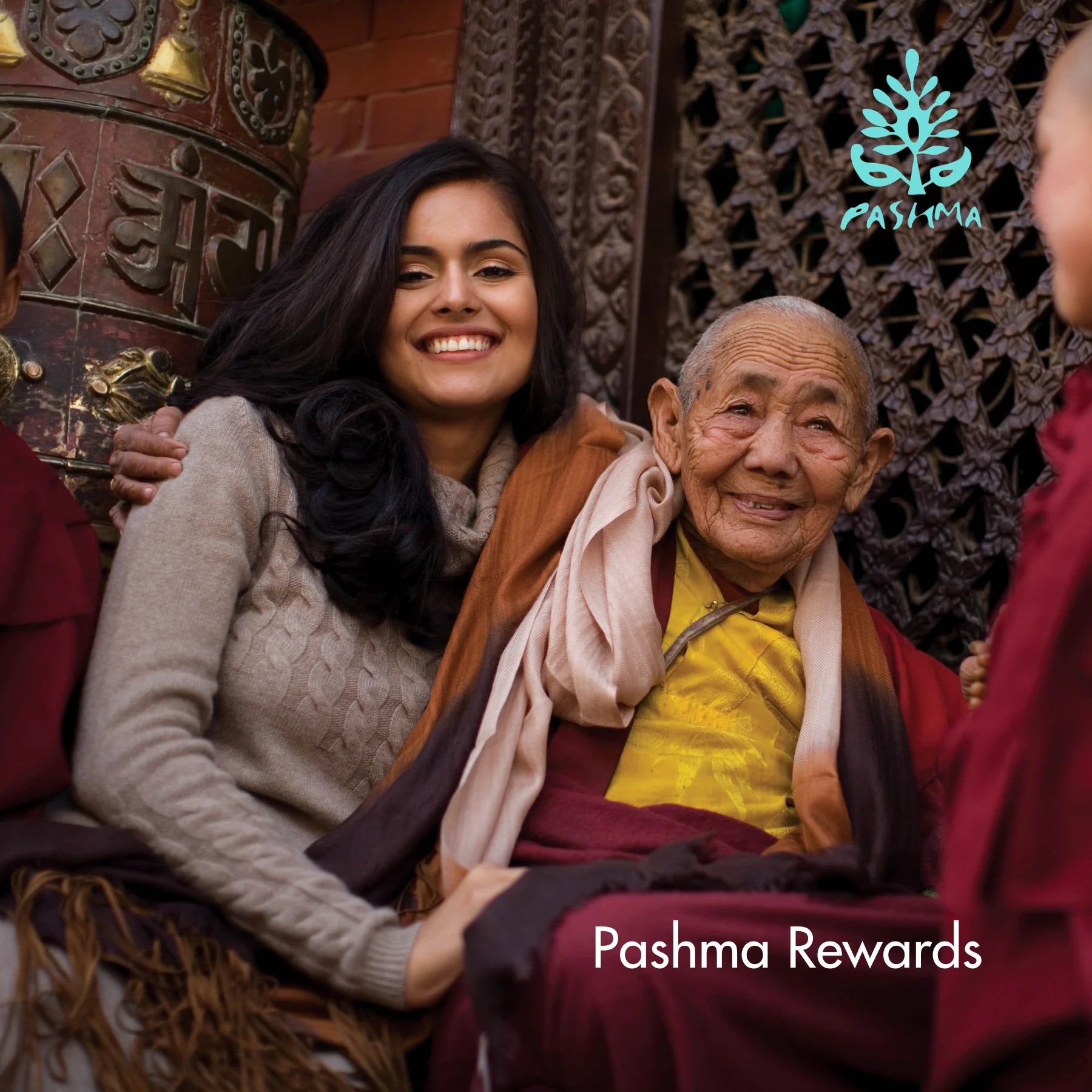The Origins

Remarkably, the Changpa herders have resisted the lure of modern capitalism. They have been rearing the finest cashmere goats for centuries and unlike commercial breeders, they breed their goats very selectively with an uncompromising commitment to preserve their pedigree.
As a result, these goats shed the thinnest and longest fibers with a fiber length of 40 nm and a diameter of 50 nm. That’s about 10 times finer than a human hair (yes, you read that right) yet eight times warmer than regular wool.


And why should this matter to you? Cashmere fibers of a longer length are less likely to wear and tear and pill meaning they last longer. While it is painstaking to knit these thin cashmere fibers—the fabrics exude the sublime touch that one can expect from top-quality cashmere.
CASHMERE’S EQUIVALENT OF CHAMPAGNE
Why? Firstly, there are a limited number of dehairing and spinning facilities within the region and transporting a limited quantity of fibers from such a remote area for any global cashmere trader is a logistical nightmare, to say the least.
More importantly, the uncompromising commitment of the Changpa herders to preserve the pedigree of their herds has constrained supply. Only 7 tonnes of this fiber is produced annually and this makes Ladakhi cashmere less attractive to commercial traders.
Well, their loss is our gain!
Cashmere Is As Precious As Jewellery For Us
At Pashma, we source our cashmere directly from Changpa herders in Ladakh, who have maintained the pedigree of their goats for generations.











